Chopta Tungnath Trek: Discovering the Spiritual and Natural Wonders
Published on January 31, 2025
Embarking on the Chopta Tungnath Trek is a journey into the heart of the Himalayas, offering trekkers a blend of natural beauty, spiritual significance, and adventure. Often referred to as the 'Mini Switzerland of India', Chopta is a picturesque hamlet in Uttarakhand, serving as the base for treks to Tungnath and Chandrashila. This guide delves into the allure of the Chopta Tungnath trek, the convenience of tour packages, and essential information for those planning a trek from Delhi.
The Enchanting Chopta Tungnath Trek
The Chopta Tungnath Trek is a captivating journey through the Garhwal Himalayas, offering a harmonious blend of natural beauty, spiritual significance, and adventure. Often referred to as the 'Mini Switzerland of India', Chopta serves as the base for this trek, leading adventurers to the ancient Tungnath Temple and further up to the Chandrashila summit.

Trek Overview
The trek begins in the quaint village of Chopta, situated at an altitude of approximately 2,680 meters. From here, a well-marked trail of about 3.5 kilometers leads to the Tungnath Temple, the highest Shiva temple in the world, perched at 3,680 meters. The path meanders through lush meadows, dense forests of rhododendron and oak, and offers panoramic vistas of snow-clad peaks. Beyond Tungnath, a steeper 1.5-kilometer ascent takes trekkers to the Chandrashila summit, standing tall at 4,000 meters. The summit rewards with a 360-degree view of majestic peaks, including Nanda Devi, Trishul, Kedar Peak, Bandarpunch, and Chaukhamba.
Flora and Fauna
The trail is a haven for nature enthusiasts. During the trek, one traverses through the Kedarnath Wildlife Sanctuary, home to a rich diversity of flora and fauna. Trekkers might encounter species like the musk deer, Himalayan monal, and various rhododendron varieties, especially vibrant during the spring months.
Best Time to Visit
The ideal periods for the Chopta Tungnath Trek are from April to June and September to November. During these months, the weather is pleasant, and the trails are accessible. The summer months offer clear skies and blooming flora, while the post-monsoon season provides crisp air and unobstructed mountain views. For those seeking a snow-trekking experience, the winter months from December to February present a snow-clad landscape, though the trek becomes more challenging and requires adequate preparation.
Difficulty Level
Classified as a moderate trek, the Chopta Tungnath route is suitable for both beginners and seasoned trekkers. The well-defined paths and gradual ascents make it accessible, but the final stretch to Chandrashila is relatively steep and demands a reasonable fitness level.
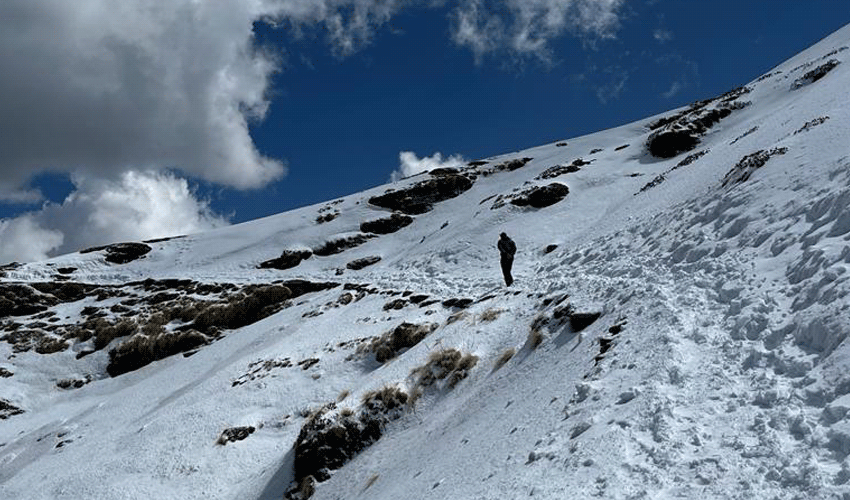
Cultural Significance
The Tungnath Temple holds profound spiritual importance, being one of the Panch Kedar temples dedicated to Lord Shiva. The temple's architecture and serene ambiance offer a glimpse into the region's rich cultural heritage.
Preparation Tips
-
Acclimatization: Spend a day in Chopta to adjust to the altitude before commencing the trek.
-
Gear: Equip yourself with sturdy trekking shoes, warm clothing, and rain gear, especially if trekking during transitional seasons.
-
Hydration and Nutrition: Carry sufficient water and light snacks to maintain energy levels during the ascent.
Highlights of the Trek:
-
Tungnath Temple: At an elevation of approximately 3,680 meters, Tungnath is one of the Panch Kedar temples and holds immense religious significance.
-
Chandrashila Summit: Standing at about 4,000 meters, the summit provides a 360-degree view of the surrounding Himalayan ranges, making the ascent truly rewarding.
-
Biodiversity: The trail passes through the Kedarnath Wildlife Sanctuary, home to a rich variety of flora and fauna, including rare bird species, making it a paradise for nature enthusiasts.
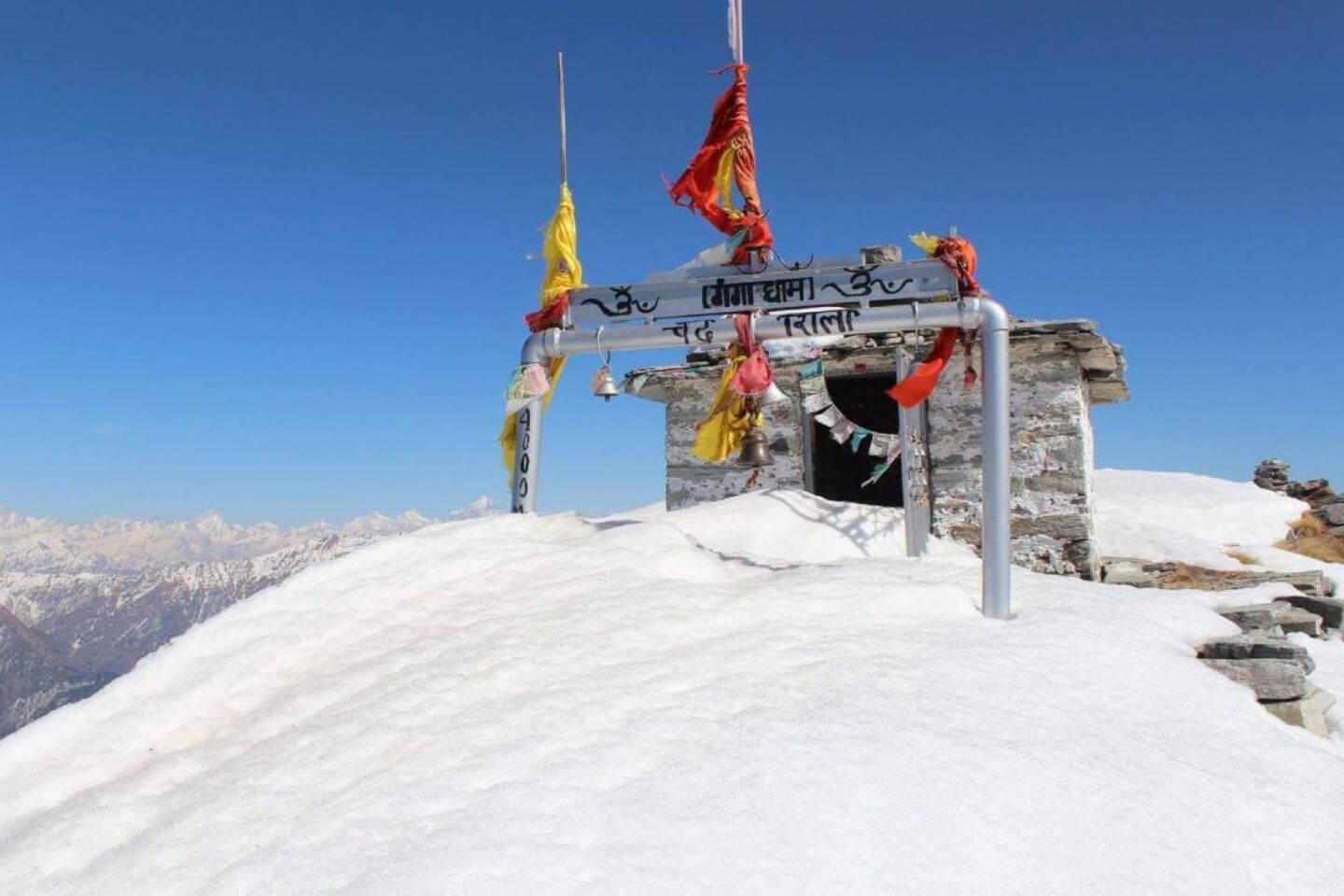
Chopta Tungnath Trek from Delhi: A Seamless Journey
Embarking on the Chopta Tungnath Trek from Delhi offers an unparalleled blend of adventure, natural beauty, and spiritual enrichment. Situated approximately 450 kilometers from Delhi, Chopta serves as the base for this trek, which leads to the revered Tungnath Temple and the panoramic Chandrashila summit.
Journey from Delhi to Chopta
The journey typically begins with an overnight drive from Delhi, covering a distance of about 450 kilometers. The route passes through Meerut, Muzaffarnagar, Roorkee, Haridwar, Rishikesh, and Devprayag, eventually leading to Chopta. This drive offers glimpses of the changing landscapes, from bustling cities to serene mountain vistas.
The Trek Experience
Upon reaching Chopta, often referred to as the 'Mini Switzerland of India' due to its lush meadows and dense forests, trekkers commence their journey to Tungnath, the highest Shiva temple in the world, situated at an elevation of approximately 3,680 meters. The well-marked trail to Tungnath is about 3.5 kilometers long and is considered moderate in difficulty, making it accessible for both novice and experienced trekkers.
Continuing beyond Tungnath, a 1.5-kilometer ascent leads to the Chandrashila summit, perched at around 4,000 meters. This segment of the trek is steeper but rewards adventurers with a 360-degree panoramic view of the Himalayan peaks, including Nanda Devi, Trishul, and Chaukhamba.
Preparation and Considerations
While the trek is considered moderate, a reasonable level of physical fitness is recommended. Engaging in regular cardiovascular and strength training exercises prior to the trek can enhance the experience. It's also advisable to check the latest weather conditions and consult with tour operators regarding necessary gear and preparations.
Embarking on the Chopta Tungnath Trek from Delhi is not just a journey through breathtaking landscapes but also a spiritual and cultural exploration, offering memories that will last a lifetime.
Key Inclusions:
-
Transportation: Comfortable travel arrangements from Delhi to Chopta and back, often in air-conditioned vehicles.
-
Accommodation: Stays in guesthouses or campsites, depending on the package and preferences.
-
Meals: Provision of nutritious meals throughout the trek to keep energy levels high.
-
Guided Trekking: Experienced guides to lead the trek, ensuring safety and providing valuable insights into the region's history and ecology.
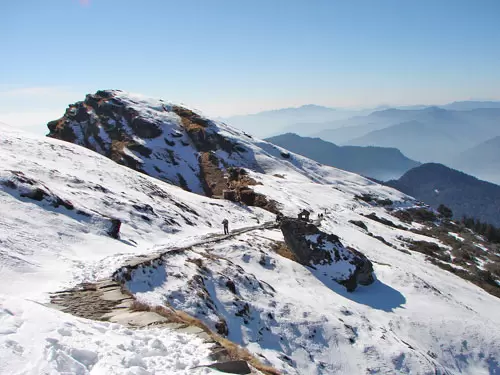
Best Time to Trek
The Chopta Tungnath Trek offers a captivating journey through the Himalayas, with each season presenting its own unique charm. Understanding the seasonal variations is crucial for trekkers to choose the period that aligns best with their preferences and ensures a safe and enjoyable experience.
Spring (April to June):
Spring is widely regarded as one of the optimal times to undertake the Chopta Tungnath Trek. During this period, the region experiences mild temperatures, typically ranging from 10°C to 20°C during the day, with nighttime temperatures dropping to between 5°C and 10°C. The pleasant weather is complemented by clear skies, offering unobstructed views of the surrounding snow-capped peaks. Additionally, the landscape comes alive with blooming rhododendrons and a variety of wildflowers, adding vibrant colors to the trails.
Monsoon (July to September):
The monsoon season brings heavy rainfall to the region, leading to slippery trails and an increased risk of landslides. The persistent rain can obscure mountain views and make trekking conditions challenging. Due to these factors, trekking during the monsoon is generally discouraged for safety reasons.
Autumn (October to November):
Following the monsoon, autumn emerges as another favorable season for the trek. The weather during these months is characterized by clear skies and crisp air, with daytime temperatures ranging from 8°C to 16°C and nighttime temperatures potentially dropping to near freezing. The post-monsoon clarity offers some of the most breathtaking vistas of the Himalayan ranges, making it a preferred time for many trekkers.
Winter (December to March):
For those seeking a snow-laden adventure, winter provides a unique trekking experience. The region is blanketed in snow, transforming the landscape into a winter wonderland. However, temperatures can be quite harsh, often plunging below freezing, especially during the night. The trails can become more challenging due to snow and ice, and certain sections may be inaccessible. It's essential for trekkers considering a winter expedition to be well-prepared with appropriate gear and to have prior experience in snow trekking.
Selecting the best time for the Chopta Tungnath Trek hinges on individual preferences regarding weather conditions and trail accessibility. Spring and autumn are generally considered the most suitable periods, offering moderate temperatures and clear views. Conversely, while winter presents a serene snowy landscape, it demands a higher level of preparedness and experience. Trekkers are advised to assess their comfort with varying climatic conditions and to plan accordingly to ensure a safe and fulfilling trekking experience.
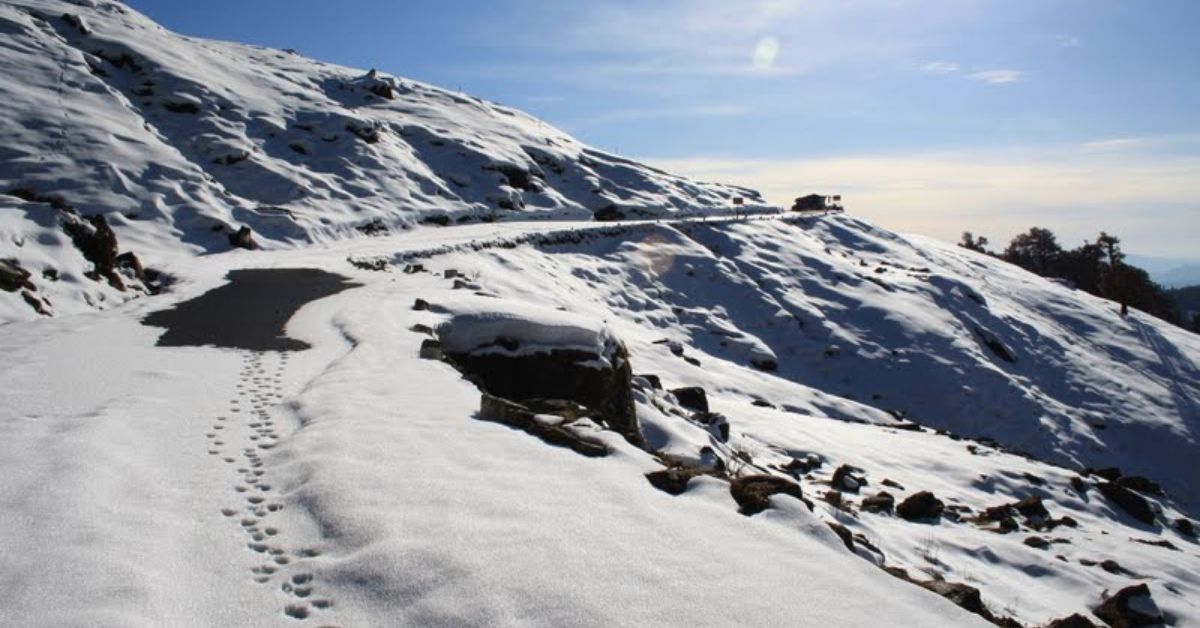
Preparation and Essentials
Embarking on the Chopta Tungnath Trek requires thorough preparation to ensure a safe and enjoyable experience. Here's a comprehensive guide to help you get ready:
1. Physical Fitness
The trek is moderate in difficulty, involving steep ascents and descents. To prepare:
-
Cardiovascular Training: Engage in activities like jogging, cycling, or swimming to enhance stamina.
-
Strength Training: Focus on leg and core exercises to improve endurance and balance.
-
Flexibility: Incorporate stretching or yoga to prevent injuries.
2. Acclimatization
To prevent altitude sickness:
-
Gradual Ascent: Spend a day or two in nearby towns like Ukhimath or Sari to adjust to the altitude.
-
Hydration: Drink ample water to stay hydrated.
3. Essential Gear
Proper equipment is crucial:
-
Trekking Shoes: Opt for sturdy, comfortable shoes with good grip.
-
Backpack: A lightweight, durable backpack (20-30 liters) with multiple compartments is ideal.
-
Trekking Poles: Useful for stability on uneven terrain.
4. Clothing
Mountain weather is unpredictable; pack accordingly:
-
Base Layers: Moisture-wicking innerwear.
-
Insulating Layer: Fleece or down jacket for warmth.
-
Outer Layer: Windproof and waterproof jacket.
-
Trousers: Quick-drying trekking pants.
-
Accessories: Warm gloves, woolen cap, neck gaiter, and extra pairs of socks.
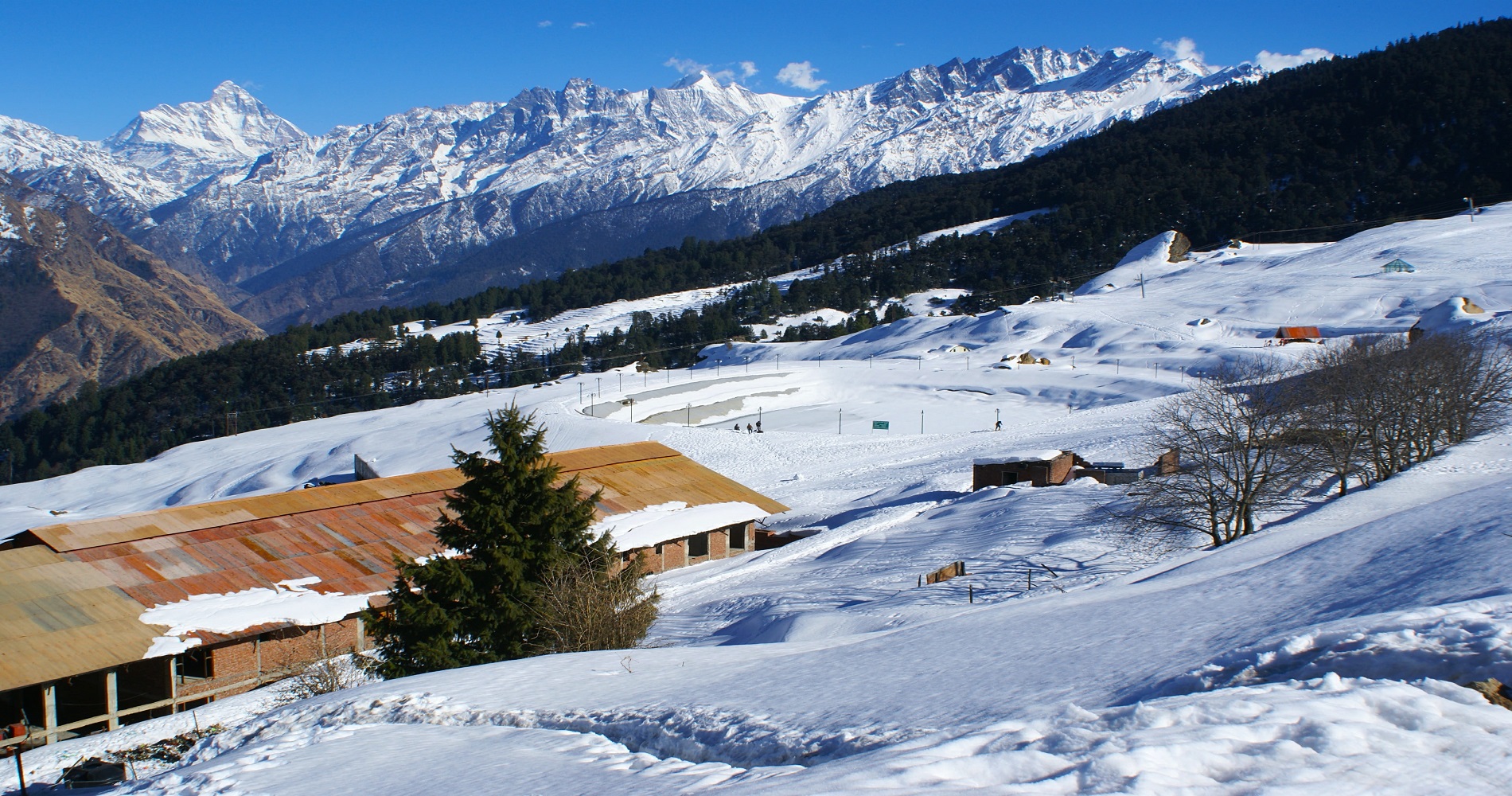
5. Nutrition and Hydration
Maintain energy levels:
-
Water: Carry a reusable bottle and purification tablets.
-
Snacks: Energy bars, nuts, and dried fruits for quick nourishment.
6. Safety and First Aid
Be prepared for emergencies:
-
First Aid Kit: Include bandages, antiseptics, pain relievers, and personal medications.
-
Navigation: Carry a map, compass, or GPS device.
-
Communication: A fully charged mobile phone with a power bank.
7. Miscellaneous Essentials
-
Headlamp or Torch: For visibility during early morning or late evening treks.
-
Sunglasses and Sunscreen: Protect against UV rays and sunburn.
-
Rain Gear: A compact raincoat or poncho.
-
Personal Hygiene: Biodegradable soap, toothbrush, toothpaste, and tissues.
8. Environmental Responsibility
Preserve the pristine environment:
-
Waste Management: Carry a bag for your trash; avoid littering.
-
Respect Wildlife: Maintain a safe distance from animals.
-
Stay on Marked Trails: Prevents erosion and protects flora.
Respecting the Environment
Embarking on the Chopta Tungnath trek offers an opportunity to experience the pristine beauty of the Himalayas. However, with the increasing number of trekkers, it's imperative to adopt responsible practices to preserve the environment.

Understanding the Environmental Impact
Trekking, while exhilarating, can lead to several environmental concerns:
-
Soil Erosion: Continuous foot traffic can erode soil, especially on steep terrains, leading to the widening of trails and loss of vegetation.
-
Waste Accumulation: Improper disposal of waste, including plastics and food remnants, can pollute water sources and disrupt local ecosystems.
-
Wildlife Disturbance: Human presence can disturb wildlife, especially during sensitive periods like mating or nesting.
Adopting Sustainable Practices
To mitigate these impacts, consider the following guidelines:
-
Plan Ahead and Prepare: Research the trek thoroughly, understand the local culture, and pack appropriately to minimize waste.
-
Travel and Camp on Durable Surfaces: Stick to established trails and campsites to prevent soil erosion and protect vegetation.
-
Dispose of Waste Properly: Carry out all trash, including biodegradable items, and use designated toilets or follow Leave No Trace principles for human waste.
-
Leave What You Find: Avoid picking plants, disturbing wildlife, or removing natural objects to preserve the ecosystem.
-
Minimize Campfire Impacts: Use a camp stove for cooking instead of making fires, which can lead to deforestation and soil degradation.
-
Respect Wildlife: Maintain a safe distance from animals, avoid feeding them, and be mindful of their habitats.
-
Be Considerate of Other Visitors: Keep noise levels down, yield the trail to others, and share campsites to enhance everyone's experience.
Supporting Local Conservation Efforts
Engage with local communities and support initiatives aimed at environmental conservation. Participating in eco-friendly tours and respecting local customs can contribute to sustainable tourism.
